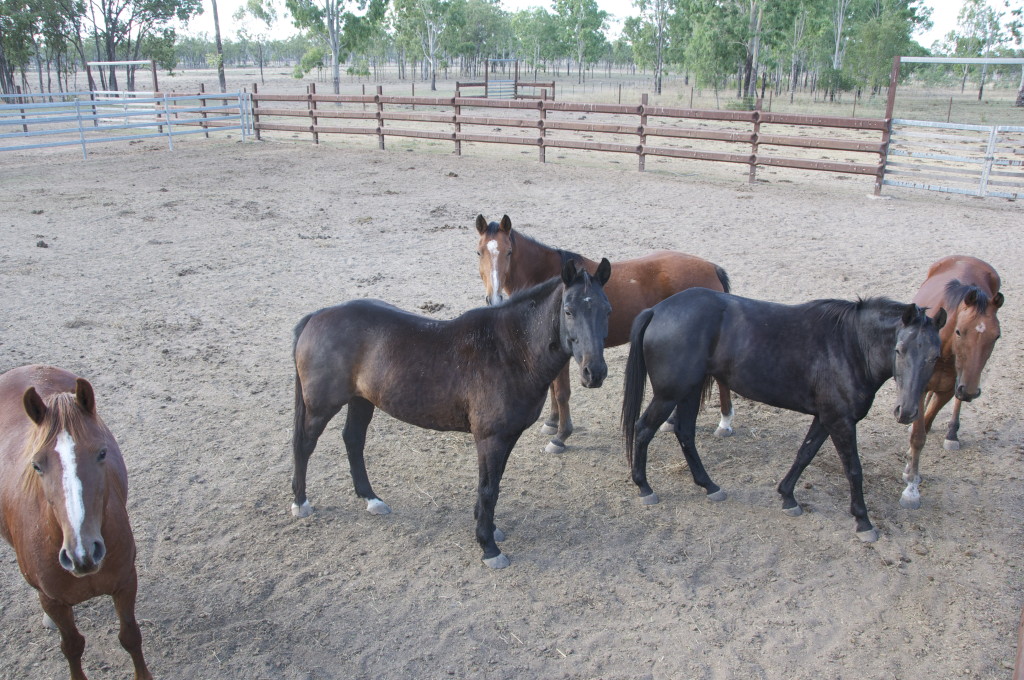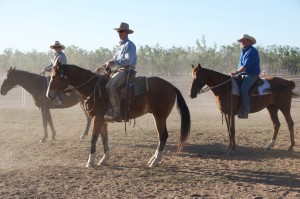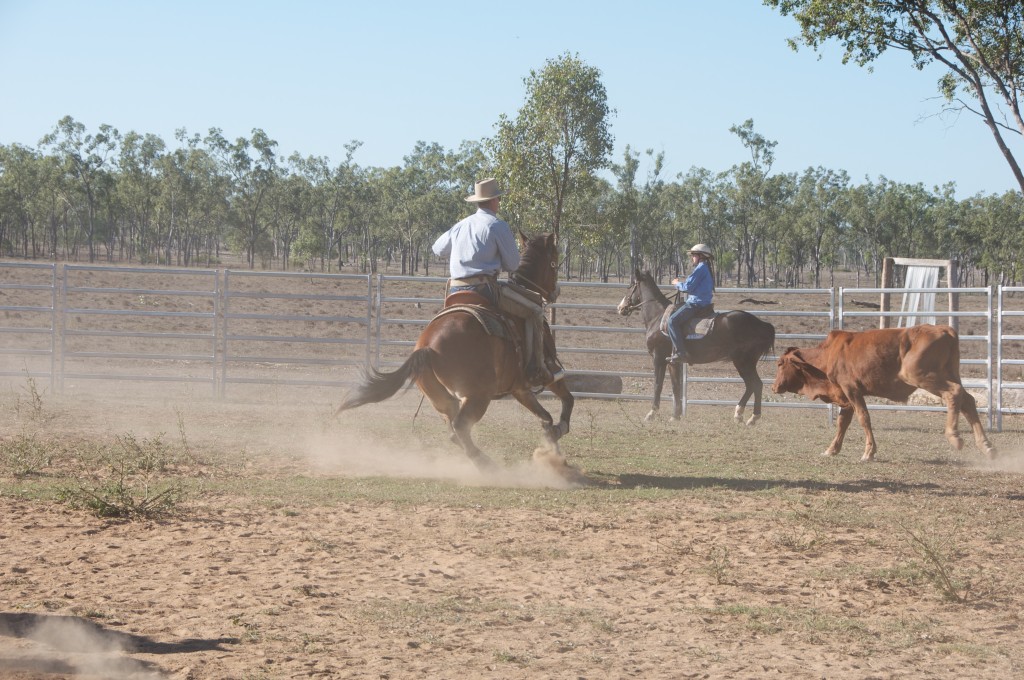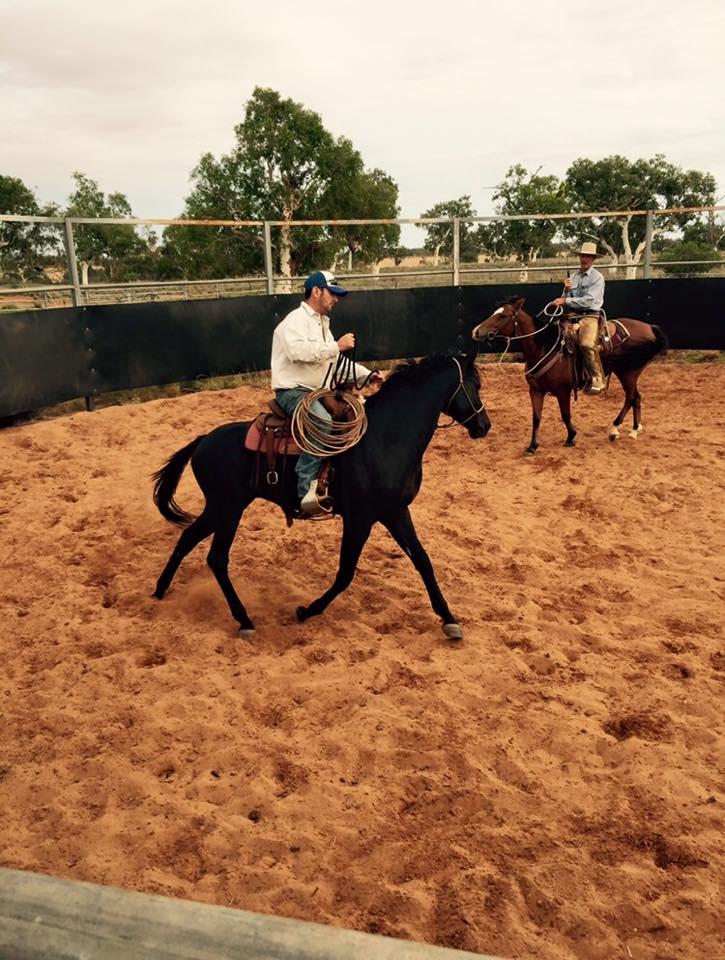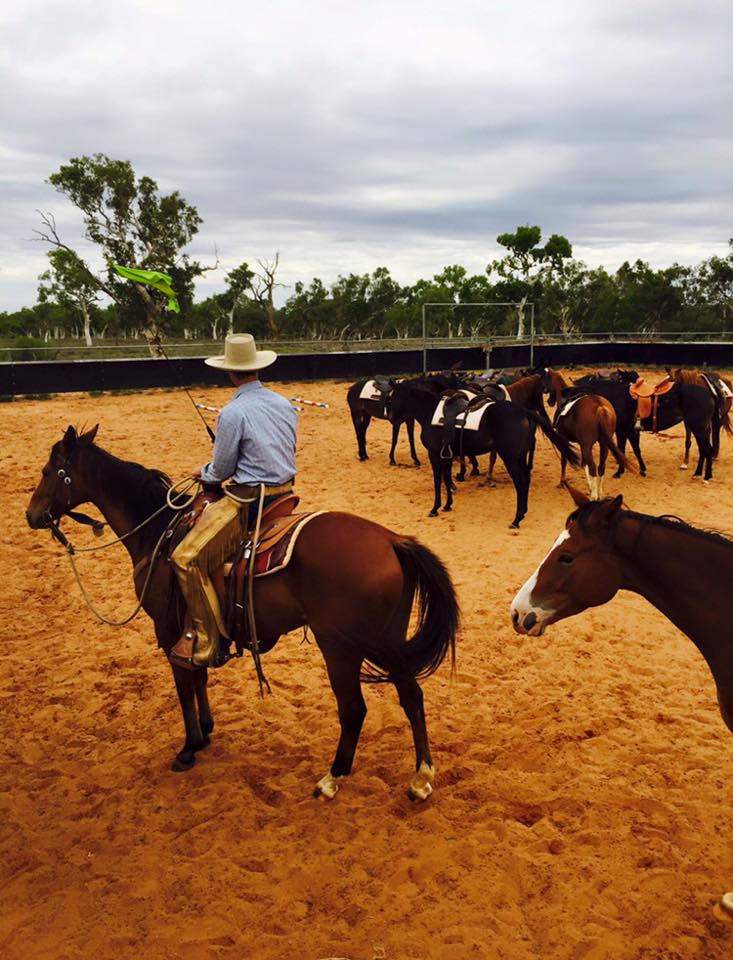![]() I have now made it back into the office at home in Australia. All horses from the recent young horse intake have now gone home. There are still a couple of places available on the February and May intakes. Please let me know if you are wanting to reserve a place as the intakes can fill up quickly.
I have now made it back into the office at home in Australia. All horses from the recent young horse intake have now gone home. There are still a couple of places available on the February and May intakes. Please let me know if you are wanting to reserve a place as the intakes can fill up quickly.
Tomorrow I start travelling to Perth, not in Scotland, but Western Australia. This will be a 5 day horsemanship course, more details are available on the website course listing page. Next week, it is back to the South Island of New Zealand for a horsemanship and cow working course. The middle of November is a 3 day horsemanship course in St Andrews Victoria. In December a 2 day course is scheduled for Armidale in N.S.W.
The UK course listings for 2016 is now available for viewing on the website. Please let me know if any changes need to be made with contact details etc.
Below the image I have written a horsemanship article that I trust that will be helpful.
Horsemanship is non denominational and is applicable to all disciplines and equestrian sports. It takes time for both the horse and human to learn and be solid. With the horse it is easy for us to get frustrated when we don’t pick up straight away, where we left off yesterday or last week. Most times this is just a case of things not being solid and dependable. A recent example of this was a case where I rode a couple of horses that I started last year. They were well bred and nice horses, but their self-preservation was pretty close to the surface and a lot of time was spent on getting things solid and dependable with the time that I had them for. This year I rode the same horses for a small amount of time and to my knowledge they had not been ridden or had much handling during the 12 months. It was like picking up where I left off 12 months ago, saddling and riding was a non event.
Spending time on getting the foundation solid with your horses is really an investment that pays regular dividends in many forms. To understand the horsemanship takes time on the human side as well. When riders come along to courses I really try to emphasis the importance of doing your homework in between the courses and overtime you will progress.

